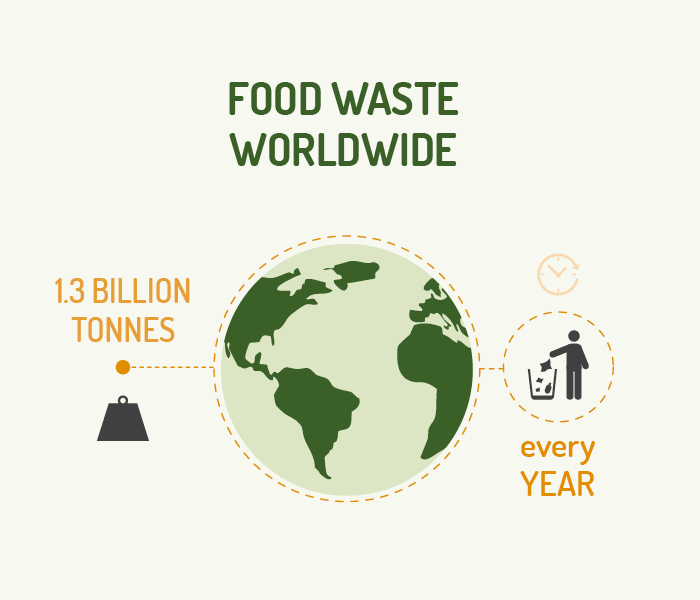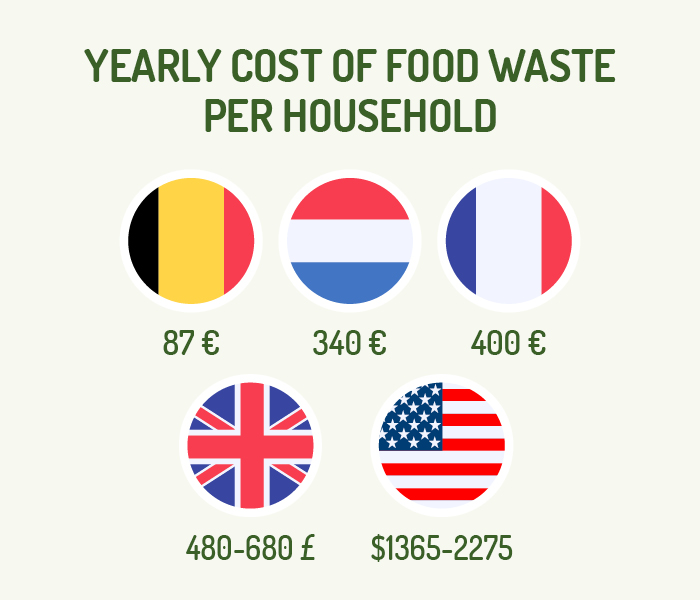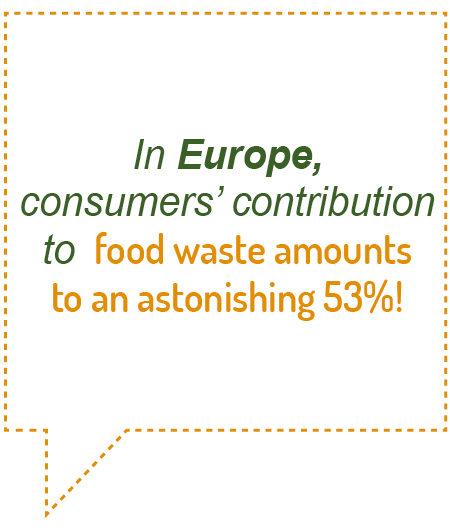This question has become central to the United Nations’ Sustainable Development Goals – on the one hand, because it is one of the most important drivers in the fight against world hunger, and on the other, because it galvanises all parties in the food chain to preserve the planet’s health. Each and every one of us can contribute at our own level!
The Sustainable Development Goals are a universal call to action to end poverty, protect the planet and improve the everyone’s lives and prospects, everywhere. In, 2015, the 17 Goals were adopted by all UN Member States as part of the 2030 Agenda for Sustainable Development.
Avoid food waste to eradicate hunger
As part of European Sustainable Development Week (from 22 to 28 September 2020) and of the International Day of Awareness of Food Loss and Waste (29 September 2020), but also in the context of the COVID-19 pandemic, Goal No. 2 (“#ZeroHunger”) comes into particularly sharp focus, as does Goal No. 12 (“Responsible Consumption and Production”).
If recent trends continue, the number of people affected by hunger will exceed 840 million by 2030. The latest figures from the World Food Programme are even more alarming: as a result of the COVID-19 pandemic, this number increase twofold! An additional 135 million people are likely to be acutely food insecure by the end of 2020, and almost 2 billion will be by 2050.
We need to increase the capacity for agricultural productivity and to strengthen sustainable food production systems if we are to help reduce hunger and avoid climate change. And this is where cutting down on food waste is particularly important!
What is food waste?
To better understand the issue, a few figures can say more than words:
- One third of global food produced for human consumption is lost or wasted, amounting to about 1.3 billion tonnes per year.
- Almost half (45%) of fruits and vegetables is wasted.
- It takes 13 litres of water to grow a tomato and 50 litres of water to produce an orange. You also need seeds, land, the work of farmers, as well as fuel to transport food. All these resources go to waste when the fruit of this labour is wasted.

This is merely the tip of the iceberg. Globally, about 14% of food produced is lost between harvest and retail. Significant amounts are also wasted at distribution and consumption levels.
Why is it a problem?
When food is lost, the resources to produce it are not the only collateral damage. Disposing of food waste in landfills leads to greenhouse gas emissions. The estimated carbon footprint of food loss and waste stands at the equivalent of 3.3 gigatons of CO2. If it was a country, food wastage would rank as the third top greenhouse gas emitter, after the USA and China.
If the food waste phenomenon was critical before, it is even more so today! The Covid-19 pandemic is sounding the alarm for us to rethink the way in which we produce, handle and waste our food.
Food waste costs money!
The direct economic cost of food waste of agricultural products (excluding fish and seafood) is enormous. Based on producer prices only, is stands at about $750 billion, roughly the equivalent of Turkey’s or Switzerland’s GDP.
It doesn’t just affect your pocket book; the entire planet pays a heavy price!

Worse still, food waste is not reserved to the wealthy developed world. Food loss and waste are comparable in developed and developing countries, amounting to 670 and 630 million tonnes respectively each year. However, causes are very different between these two parts of the world.
Who is responsible?
Food waste is most significant in households. In Europe, consumers contribute to 53% of food waste. In the United States, households throw away some 150,000 tonnes of food each day, the equivalent of a third of daily calories consumed by Americans.

The FAO’s 9 tips to fight food waste
- Start small: eat smaller portions and don’t be greedy
- Leave nothing behind: recycle your leftovers for another meal
- Buy only what you need
- Don’t be prejudiced: “ugly” fruits and vegetables are just as good
- Check your fridge: make sure your food is stored at the right temperature
- First in, first out of your fridge and cupboard
- Understand dates: know the difference between “use-by” and “best-before”
- Compost: some food waste might be unavoidable: compost it
- Donate surplus
More information to reduce food waste at home
- Discover our e-book: How to prevent food waste
- Monograph on food waste challenges
- Sharing food to reduce food waste
- Tips from Johanna Le Pape, a zero-waste pastry chef



 Artichoke
Artichoke  Carott
Carott  Vegetable garden: growing pumpkin
Vegetable garden: growing pumpkin 









